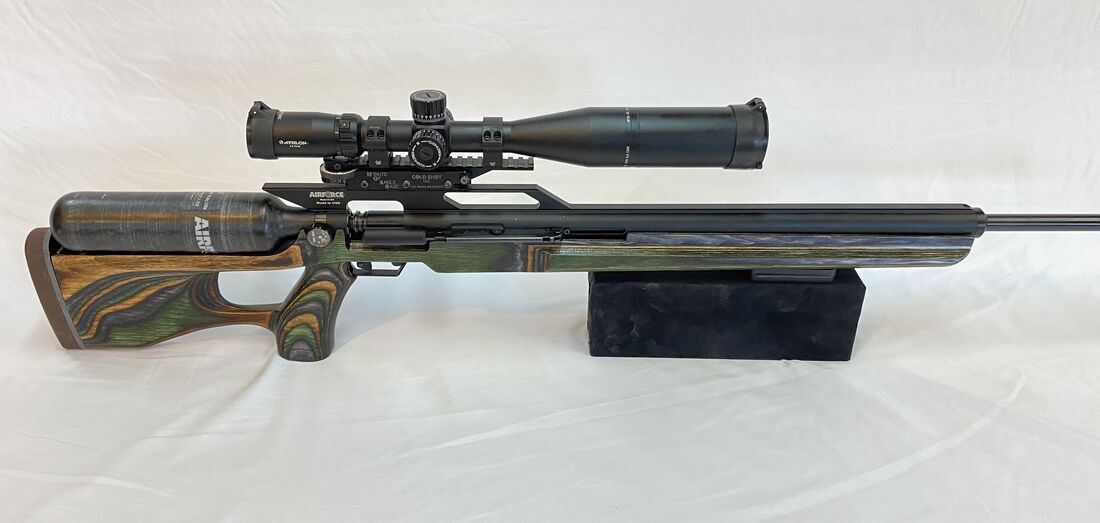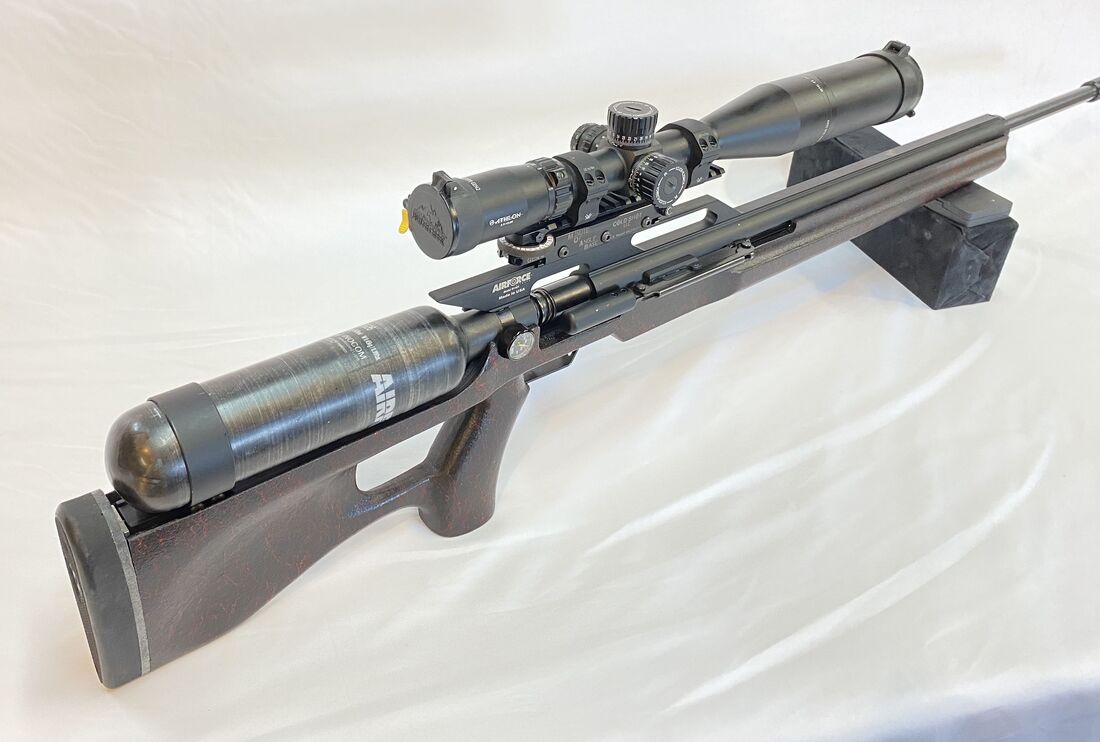JWFilips
Well-Known Member
One of the most important things you need to remember about photography;
The Angle of Incidence Equals the Angle of Reflection!
Lets's say the light source hits the shiny subject at 45 degree angle the reflection of that light will come off the object at and opposing 45 degree angle which forms a total angle of 90 degrees!
I know a heck of a lot of photographers that never learned this.
Over the years my Boss has sent me out on numerous occasions as a "lighting consultant" for film crews making local movies and videos because the lighting crew ( if you call them that), couldn't figure out how to light a scene!
I aways have had a saying ( which he hated me repeating) "Those that can't , teach!"
The Angle of Incidence Equals the Angle of Reflection!
Lets's say the light source hits the shiny subject at 45 degree angle the reflection of that light will come off the object at and opposing 45 degree angle which forms a total angle of 90 degrees!
I know a heck of a lot of photographers that never learned this.
Over the years my Boss has sent me out on numerous occasions as a "lighting consultant" for film crews making local movies and videos because the lighting crew ( if you call them that), couldn't figure out how to light a scene!
I aways have had a saying ( which he hated me repeating) "Those that can't , teach!"




